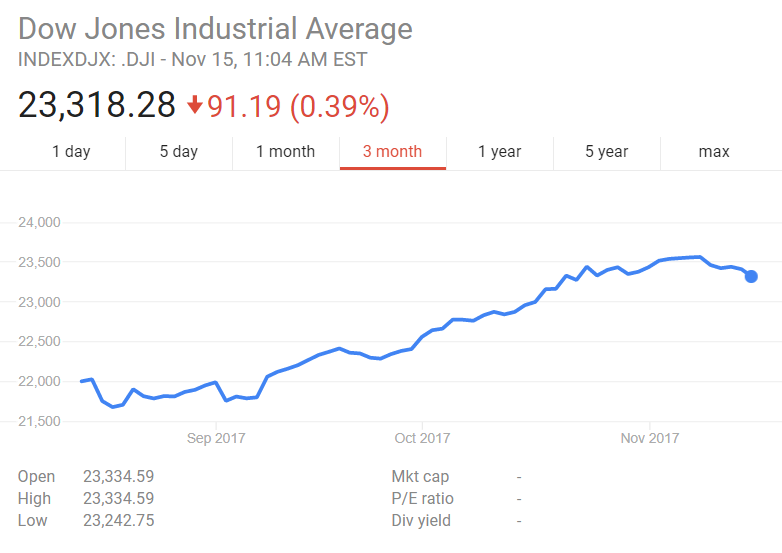Financial markets are teeming with indices—benchmarks that capture the performance of specific segments of the economy. Among the most widely followed are the Dow Jones Industrial Average (tracked as indexdjx: .dji) and the S&P 500 (tracked as indexsp: .inx or indexsp .inx). These indices serve as vital signposts for investors, policymakers, and observers alike. In this article, we delve into the nuances, similarities, and distinct traits of indexdjx: .dji, indexsp: .inx, and indexsp .inx, explaining why they matter and how they shape market sentiment.
What Are Indexdjx: .dji and Indexsp: .inx?
A Snapshot of Indexdjx: .dji
The indexdjx: .dji (also known as DJI or simply “the Dow”) is one of the most iconic stock market indicators. It tracks the performance of 30 large-cap U.S. companies, including household names such as Apple, Boeing, and Coca‑Cola. Although comprised of a relatively small set of companies, the Dow holds symbolic sway; its movements are often cited in media coverage as shorthand for the overall market. The composition spans industries, offering a cross-sectional glimpse of the U.S. economy.
The Role of Indexsp: .inx
In contrast, the indexsp: .inx (the S&P 500) is far broader. It includes 500 leading publicly traded U.S. companies and covers roughly 80% of the U.S. equity market’s market capitalization. With sectors ranging from technology and healthcare to utilities and consumer discretionary, indexsp .inx provides a more comprehensive view of market trends. Because of its breadth and its rank‑based inclusion criteria, it’s considered the gold standard for gauging U.S. economic performance through the stock market lens.
Composition and Calculation: What Sets Them Apart?
Price-Weighted vs. Market-Cap-Weighted
A key distinction lies in how these indices are calculated. Indexdjx: .dji is a price-weighted index, meaning a stock’s price directly influences its weight in the index. Higher-priced stocks like Goldman Sachs or Amgen carry more influence, regardless of company size. Small shifts in high-priced names can thus sway the overall index significantly.
Meanwhile, indexsp: .inx uses market-cap weighting, so companies with larger overall value—like Apple or Microsoft—carry greater weight. This method reflects changes in investor value more accurately. A price move in a mega-cap firm has more impact than one in a micro-cap, reflecting their actual economic significance.
Sector Representation
The Dow’s 30 constituents span a handful of sectors, but they can still be biased toward high-priced components. The S&P 500’s 500 companies allow for fuller sector representation, reducing the influence of outliers. For instance, the tech sector holds substantial weight in the S&P index, mirroring the real concentration of tech in the U.S. economy. That makes indexsp .inx a better reflection of broader market behavior than indexdjx: .dji.
Why Investors Follow Each One
The Allure of Indexdjx: .dji
Despite its narrow scope, indexdjx: .dji remains a media darling. Journalists, pundits, and the general public often cite “the Dow” for its historical legacy and simplicity. Because it’s easy to say “the Dow rose 200 points today,” it sticks in the public imagination. And for certain active traders and hedge funds, the Dow can be useful for short-term strategies—especially when there’s heavy movement in one or two large-priced components.
The Strategic Depth of Indexsp: .inx
On the other hand, indexsp: .inx is favored by investors building diversified portfolios. With its market-cap weighting and broader company base, it offers better long-term exposure to U.S. economic growth. Passive index funds and ETFs—like those tracking the S&P 500—have become popular due to their low cost and empirical support in delivering market returns over time. For pension funds, wealth managers, and retirement portfolios, indexsp .inx is often the backbone.
Comparative Performance: How Do They Stack Up?
Long-Term Returns
Over extended periods—10, 20, 30 years—the S&P 500 generally outperforms the Dow. Part of this is due to its broader reach; outperforming big companies carry more impact. Data shows that while both indices trend upward over time, indexsp: .inx often delivers slightly higher total returns, thanks to small-cap and mid-cap companies that perform well during expansion phases. Nevertheless, indexdjx: .dji still captures dominant blue-chip performance.
Volatility and Correlation
Since both indices largely overlap in components—many Dow stocks are in the S&P 500—their movements are correlated. But volatility differs. The Dow’s price-weighted structure can amplify swings when one high-price stock moves. Meanwhile, indexsp .inx typically shows smoother changes, reflecting aggregate movement across hundreds of stocks.
Real-World Applications
As Economic Indicators
Markets aside, both indexdjx: .dji and indexsp: .inx serve as barometers of economic health. Rising indices signal confidence in growth; sharp declines can reflect fear or uncertainty. Policy makers and economists often monitor both, along with other indicators, for insights into business cycles.
For Portfolio Management
Financial advisors often blend both indices. One common strategy is to allocate to an S&P 500 tracker for core equity exposure—capturing broad market returns—and then add a Dow-focused fund as a supplement for large-cap tilt. Alternatively, tactical investors may watch the Dow’s price swings as a signal for short-term market sentiment.
How to Track and Use Them
Ticker Symbols
For individual investors, tracking indexdjx: .dji is as simple as tuning into the ticker .DJI, while indexsp: .inx appears as .INX on most platforms. Financial websites include them, and many brokerages offer charting tools and historical data. Additionally, exchange-traded funds like SPY (for S&P 500) offer tradeable proxies.
Technical vs. Fundamental Analysis
Technical traders may focus on recent trends, moving averages, and momentum signals in both indices. The Dow’s smaller sample size can accentuate technical patterns. Meanwhile, fundamental investors often lean on S&P 500’s sector allocations, earnings growth, and macroeconomic correlations. Depending on one’s strategy, each index can serve different analytical purposes.
Limitations and Caveats
The Dow’s Narrowness
While indexdjx: .dji is popular, it represents just 30 stocks, making it inherently limited. It may miss broader market dynamics captured by the S&P 500. Moreover, its price-weighted design can overweight arbitrary high-priced shares even if their market impact is smaller than cap-weighted giants.
The S&P’s Broader Exposure
Although indexsp: .inx is more comprehensive, it still excludes smaller-cap stocks and certain international players. Investors seeking full diversification often complement it with mid-cap, small-cap, and global indices. Still, as a core building block, it’s hard to beat.
Summary: Choosing the Right Way to Gauge the Market
In a nutshell:
-
indexdjx: .dji offers a time-honored snapshot of 30 blue‑chip companies, calculated with a price‑weight structure. It’s iconic, media-friendly, and useful for short‑term insight.
-
indexsp: .inx (indexsp .inx) captures a wider swath of the U.S. economy, with 500 companies and market‑cap weighting—making it a reliable long‑term benchmark.
Depending on your goals, one may be more relevant. For broad market exposure, choose S&P‑based funds or trackers. For trading signals or media benchmarking, the Dow remains relevant. Both hold value—but they tell different stories.
Conclusion: Beyond the Tickers
Efficient investing isn’t just about which ticker rises faster on a given day. It’s about understanding what those tickers measure. The indexdjx: .dji tells a story rooted in legacy and large-cap tradition; the indexsp: .inx narrates the broader trajectory of the U.S. market engine. Together, they offer complementary views—one narrow, one broad—but both contribute to a richer understanding of financial markets.
Whether you’re a seasoned investor or a newcomer, recognizing their differences—and how they can coexist—forms the basis of a well-informed investment strategy.


